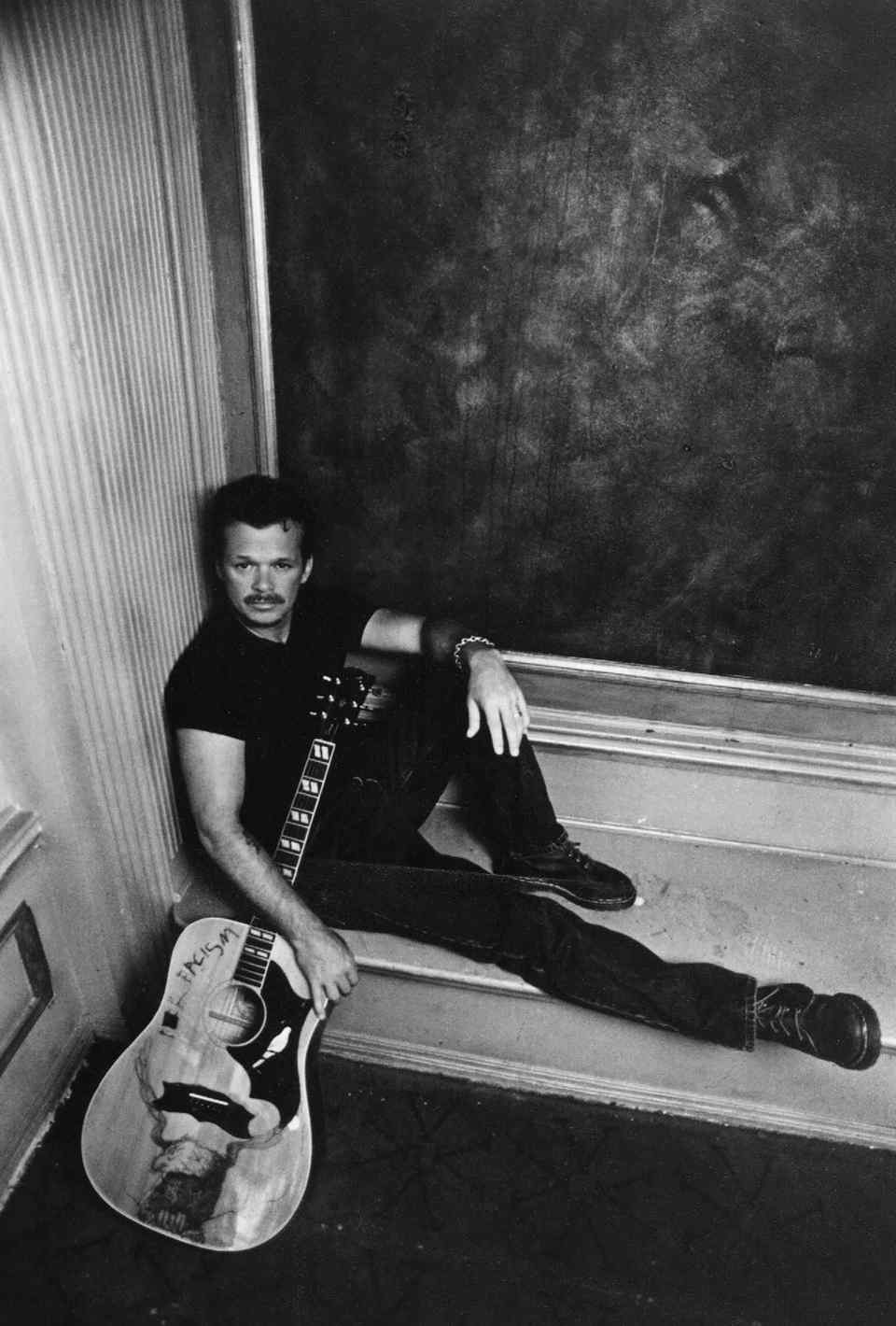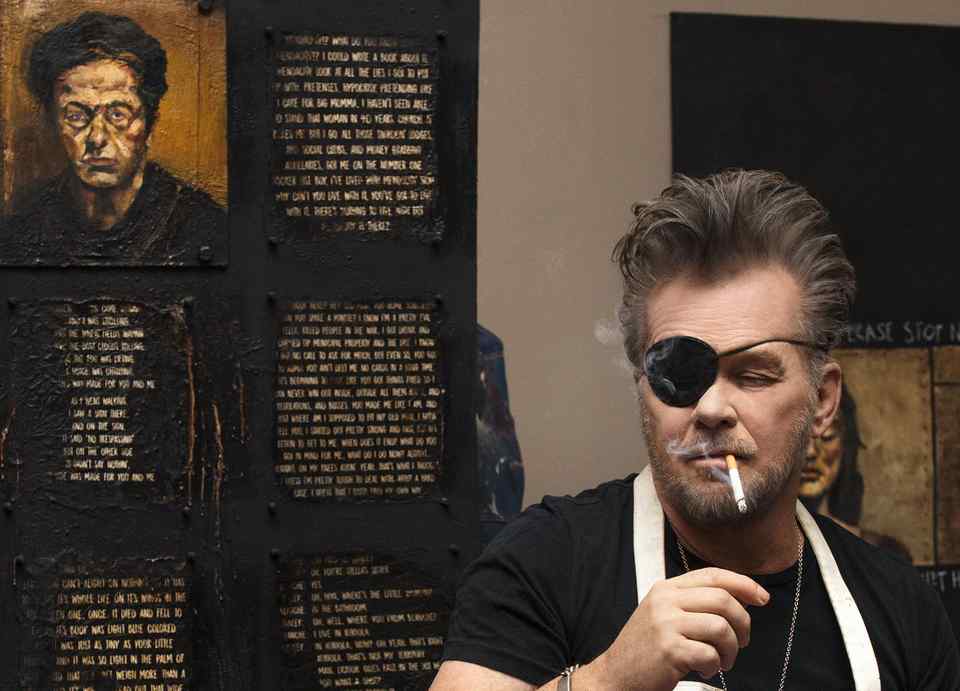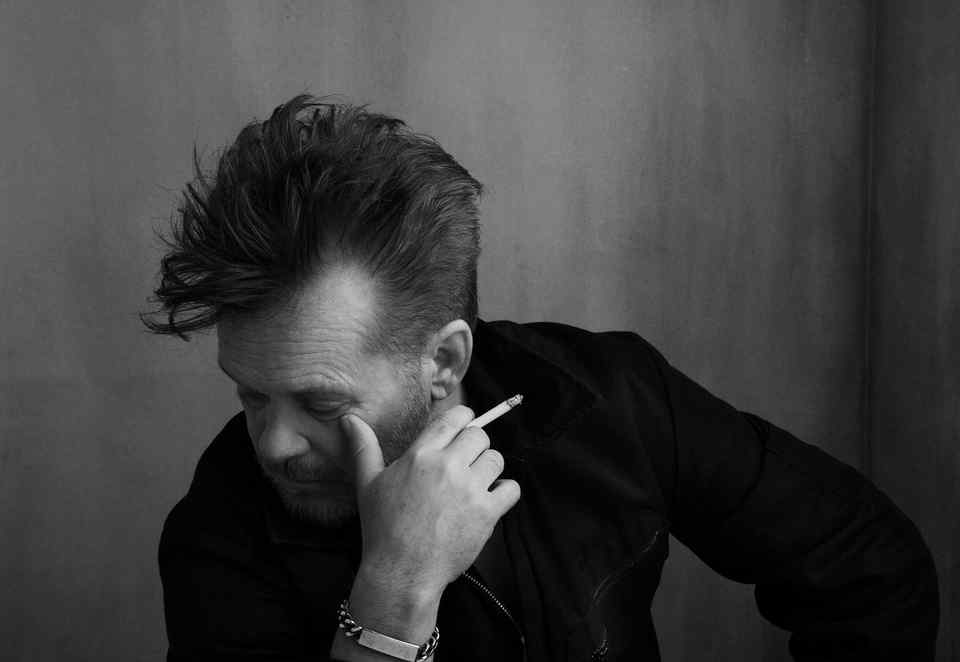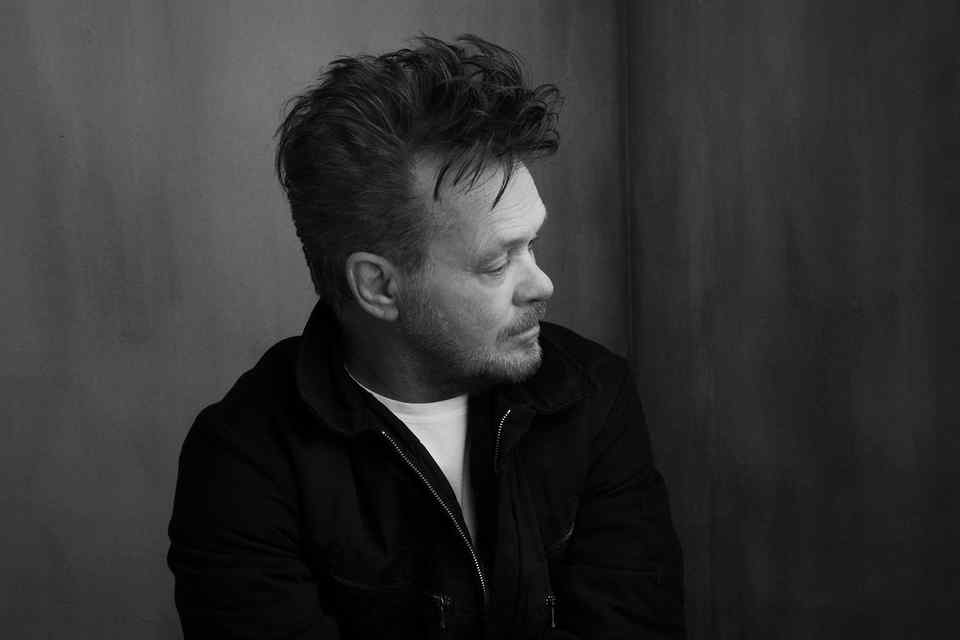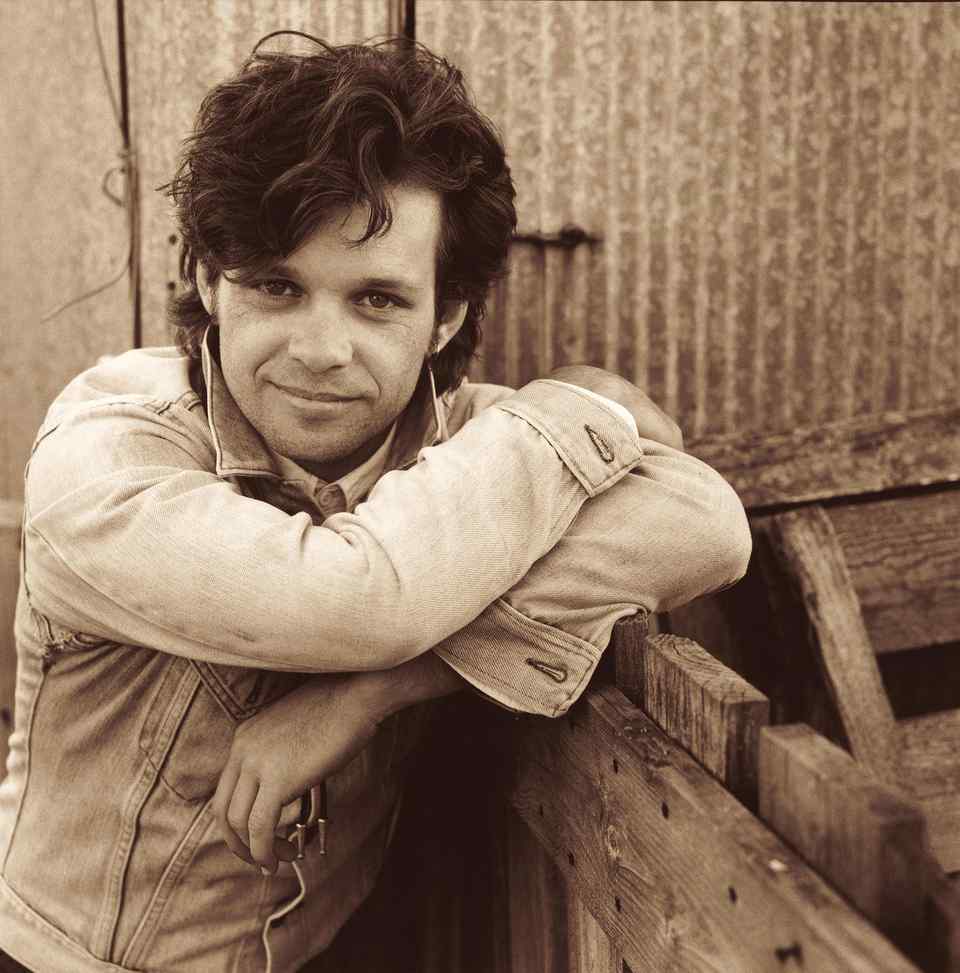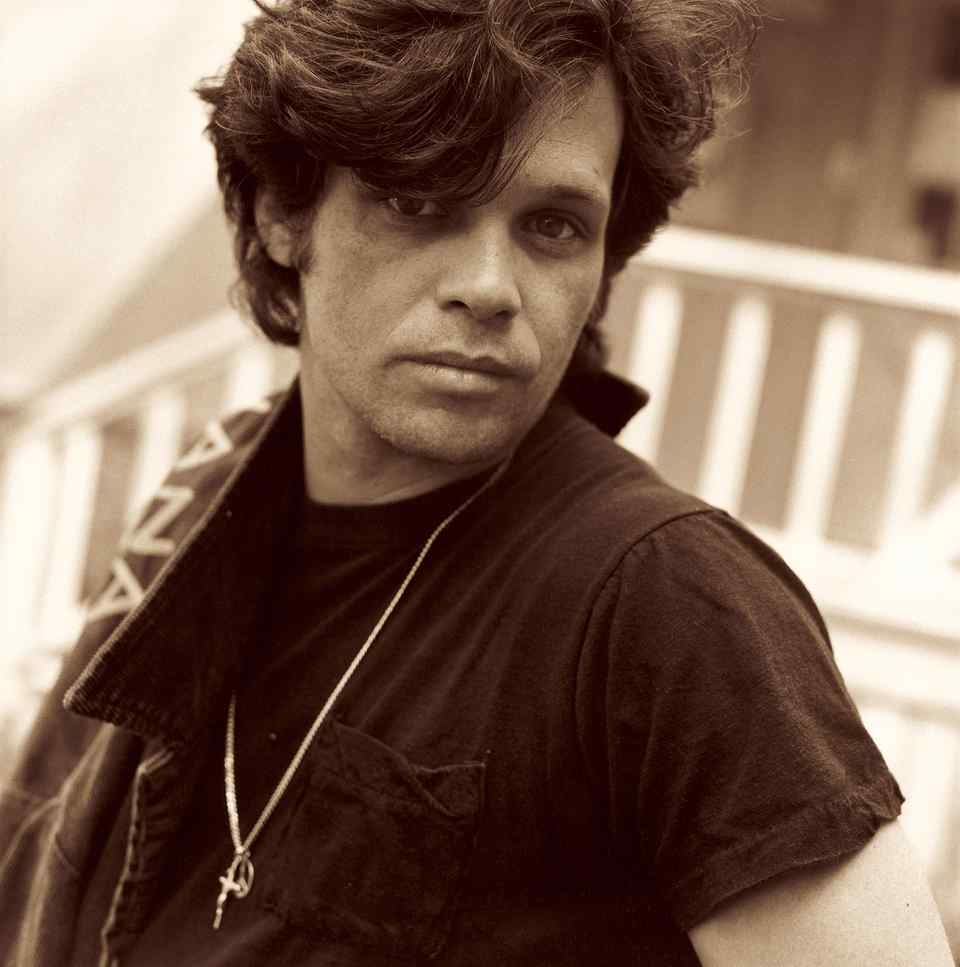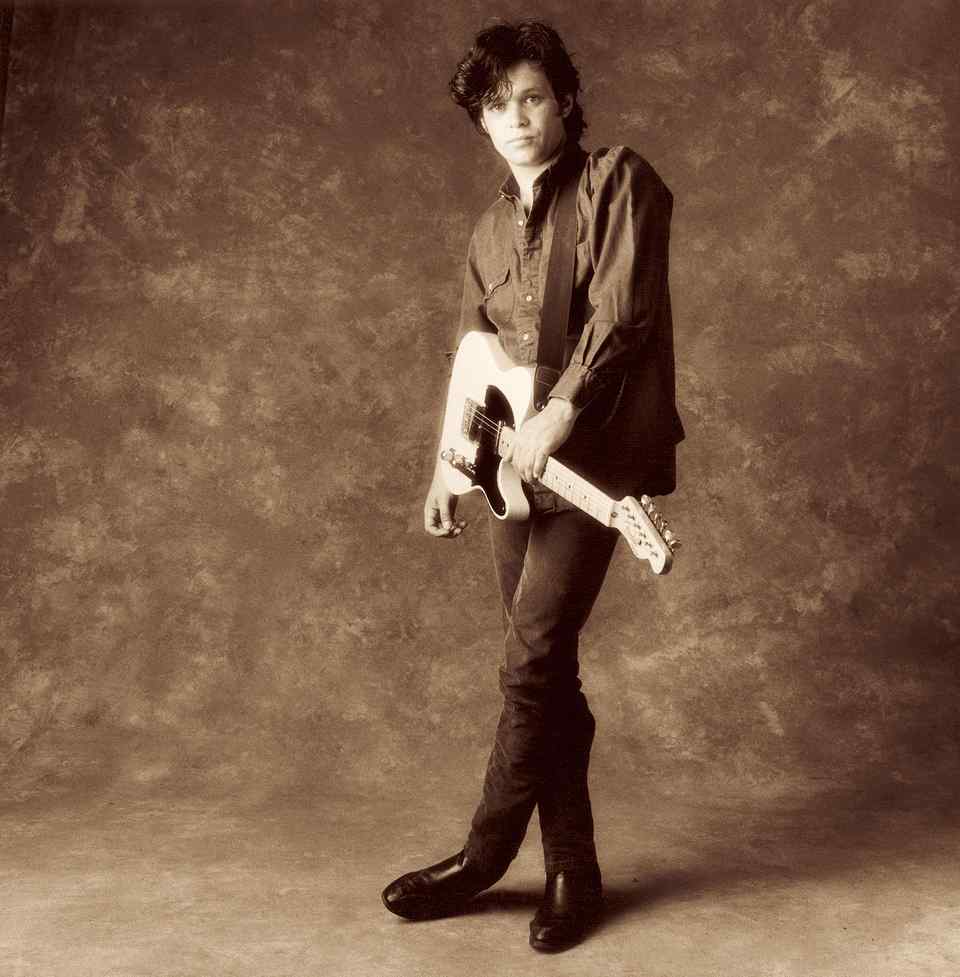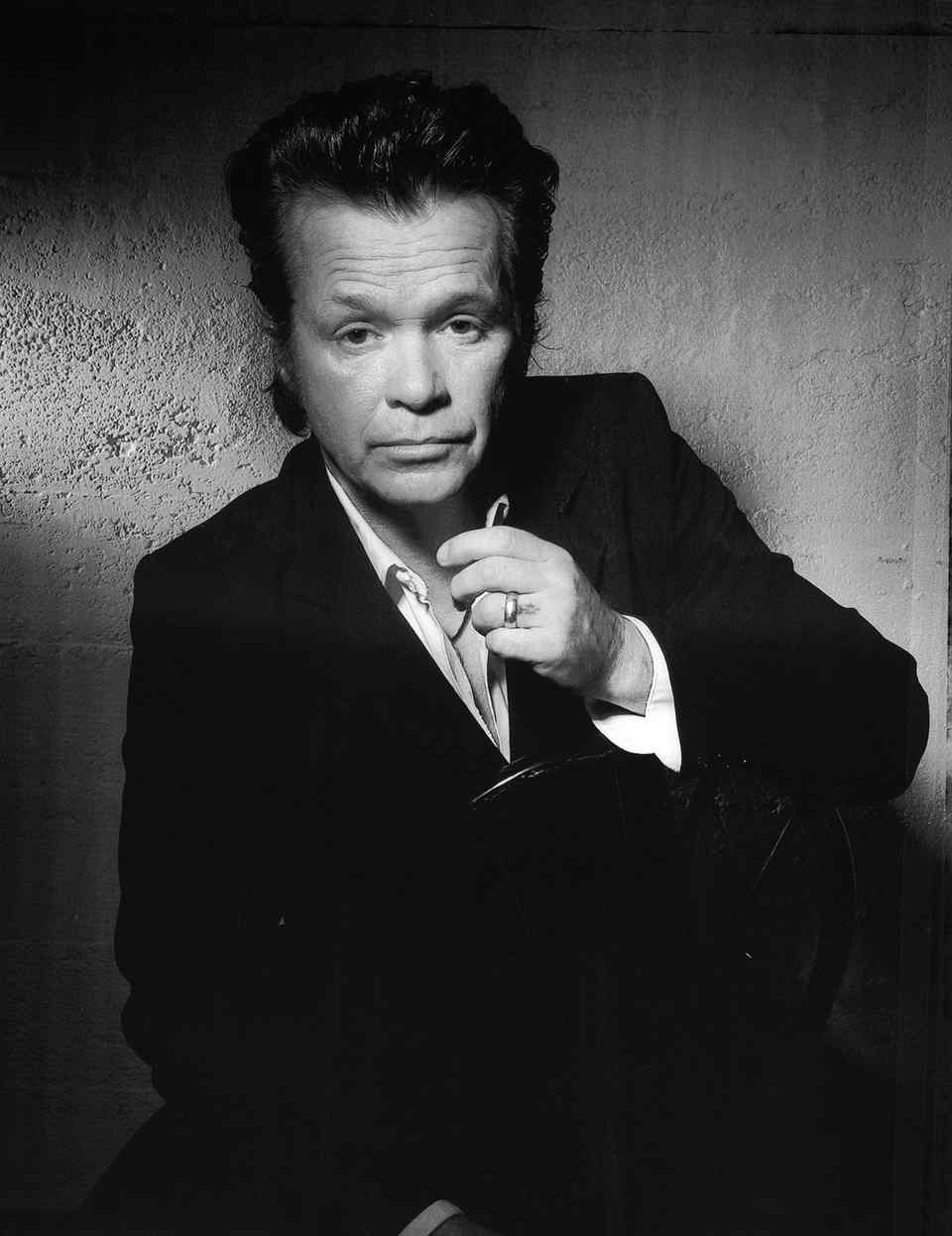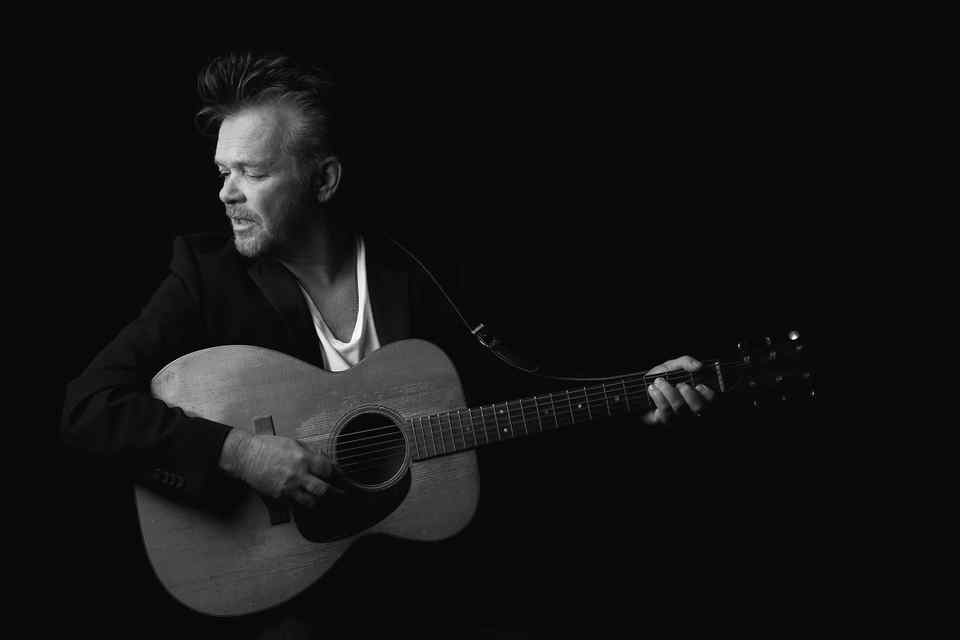“No Better Than This” Update
John has completed the recording of his next album, “No Better Than This.”
He recorded the set at three locations during his just-finished summer tour with Bob Dylan and Willie Nelson: the First African Baptist Church in Savannah, Ga., Sun Studio in Memphis and the Gunter Hotel in San Antonio.
The church in Savannah, as reported here previously, was the first started by African-American in America. As David Fricke noted in his feature in the latest issue of Rolling Stone, it was a major stop for runaway salves on the Underground Railroad--across the street, John related, from a “flogging square” where slaves were publicly beaten.
John and Andy York participated in the sessions, which took two days in early July and used a single microphone. The sessions at historic Sun Studio took two days late in the month, again during off days from the tour.
At Sun, John and Andy were joined by Nashville bassist David Roe, who played with Johnny Cash, and top New York session guitarist Marc Ribot, who’s worked with the likes of Elvis Costello and Tom Waits. T Bone Burnett, on board again as the album’s producer, also played guitar.
“Everything was set up exactly as Cash and Elvis Presley recorded,” says John. “They had ‘X’ marks made with electrical tape on the floor where Elvis and his musicians stood and where the instruments were placed, because [legendary Sun studio and record label owner] Sam Philips walked around the room and decided where everything sounded best.”
Then in early August, John, Andy and Miriam Sturm entered Room 414 of the Downtown San Antonio Gunter Hotel to finish the album sessions. It was the same room where Robert Johnson recorded his classic blues songs in 1936, and John, in keeping with his goal of recapturing the vintage sound of those recordings, again used a single microphone and vintage recording machines.
As at Sun, the equipment was arranged according to how it was when Johnson recorded there.
“It was set up exactly the same, because I’d seen the layout of how they recorded him and in that hotel suite,” says John. “They had remodeled it since then, but otherwise the space was exactly the same--where they put the tape machines, the one microphone. I’d seen pictures and the floor plan, and I stood in the exact same corner with my face to the wall the same way Robert Johnson did.”
As John has explained previously, “No Better Than This” was conceived specifically with the sound of early country music, folk and rock in mind. So the recording process was geared toward achieving that level of classic audio quality. This goal, John says, has indeed been met.
Equally unusual and significant, the album is in “beautiful mono,” says John, with all songs recorded using one microphone for all the vocal and acoustic instrumental parts.
“The same mic I was singing into is the same mic that recorded the drums at the same time,” John says. “And everything was cut live with no overdubs or studio nothing! These are real songs being performed by real musicians--an unheard-of process in today’s world. Real music, for real people!”
All of the 14 songs on the album--which John hopes will be out sometime next spring--are new and original.
The song titles follow; the cities they were recorded in are in parentheses.
“Someday the Rain Will Fall” (San Antonio)
“Right Behind Me” (San Antonio)
“The West End“ (Memphis)
“Save Some Time to Dream” (Memphis)
“Each Day of Sorrow” (Memphis)
“Don’t Forget About Me” (Memphis)
“No Better Than This” (Memphis)
“Coming Down the Road” (Memphis)
“Easter Evening” (Memphis)
“No One Cares About Me” (Memphis)
“Graceful Fall” (Memphis)
“Thinking Bout You” (Savannah)
“Love at First Sight” (Savannah)
“Clumsy Old World” (Savannah)
He recorded the set at three locations during his just-finished summer tour with Bob Dylan and Willie Nelson: the First African Baptist Church in Savannah, Ga., Sun Studio in Memphis and the Gunter Hotel in San Antonio.
The church in Savannah, as reported here previously, was the first started by African-American in America. As David Fricke noted in his feature in the latest issue of Rolling Stone, it was a major stop for runaway salves on the Underground Railroad--across the street, John related, from a “flogging square” where slaves were publicly beaten.
John and Andy York participated in the sessions, which took two days in early July and used a single microphone. The sessions at historic Sun Studio took two days late in the month, again during off days from the tour.
At Sun, John and Andy were joined by Nashville bassist David Roe, who played with Johnny Cash, and top New York session guitarist Marc Ribot, who’s worked with the likes of Elvis Costello and Tom Waits. T Bone Burnett, on board again as the album’s producer, also played guitar.
“Everything was set up exactly as Cash and Elvis Presley recorded,” says John. “They had ‘X’ marks made with electrical tape on the floor where Elvis and his musicians stood and where the instruments were placed, because [legendary Sun studio and record label owner] Sam Philips walked around the room and decided where everything sounded best.”
Then in early August, John, Andy and Miriam Sturm entered Room 414 of the Downtown San Antonio Gunter Hotel to finish the album sessions. It was the same room where Robert Johnson recorded his classic blues songs in 1936, and John, in keeping with his goal of recapturing the vintage sound of those recordings, again used a single microphone and vintage recording machines.
As at Sun, the equipment was arranged according to how it was when Johnson recorded there.
“It was set up exactly the same, because I’d seen the layout of how they recorded him and in that hotel suite,” says John. “They had remodeled it since then, but otherwise the space was exactly the same--where they put the tape machines, the one microphone. I’d seen pictures and the floor plan, and I stood in the exact same corner with my face to the wall the same way Robert Johnson did.”
As John has explained previously, “No Better Than This” was conceived specifically with the sound of early country music, folk and rock in mind. So the recording process was geared toward achieving that level of classic audio quality. This goal, John says, has indeed been met.
Equally unusual and significant, the album is in “beautiful mono,” says John, with all songs recorded using one microphone for all the vocal and acoustic instrumental parts.
“The same mic I was singing into is the same mic that recorded the drums at the same time,” John says. “And everything was cut live with no overdubs or studio nothing! These are real songs being performed by real musicians--an unheard-of process in today’s world. Real music, for real people!”
All of the 14 songs on the album--which John hopes will be out sometime next spring--are new and original.
The song titles follow; the cities they were recorded in are in parentheses.
“Someday the Rain Will Fall” (San Antonio)
“Right Behind Me” (San Antonio)
“The West End“ (Memphis)
“Save Some Time to Dream” (Memphis)
“Each Day of Sorrow” (Memphis)
“Don’t Forget About Me” (Memphis)
“No Better Than This” (Memphis)
“Coming Down the Road” (Memphis)
“Easter Evening” (Memphis)
“No One Cares About Me” (Memphis)
“Graceful Fall” (Memphis)
“Thinking Bout You” (Savannah)
“Love at First Sight” (Savannah)
“Clumsy Old World” (Savannah)
